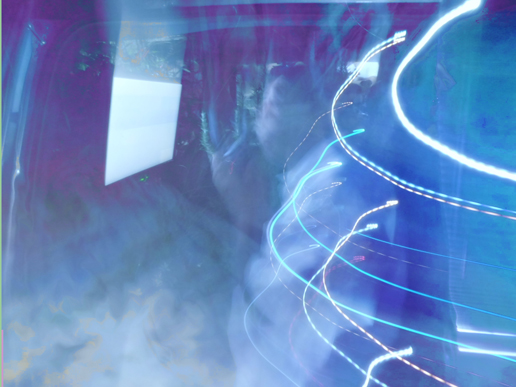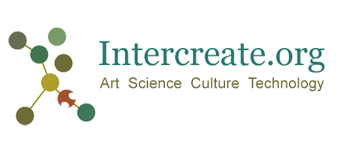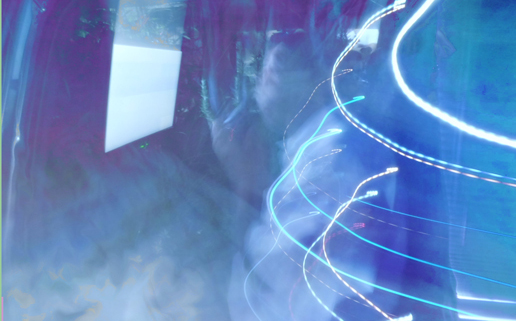
Shaman Don Patricio in the ‘Car Garden’, Albuquerque.
Being Light: a festival of light and ideas explores ideas about light across Maori, Navajo, Mayan, Pueblo and Western European culture. The festival has two parts, activities in the day with stalls and market; while in the night there are outdoor projections on the side of buildings. Attendance is free.
We live in a time where there is great interest in bringing together indigenous and Western cultures, art, science and technology. Currently involved are: Patricio Dominguez, Ian Clothier, Mike Andrews, Mike Sutherland, Issa Malluf, Agnes Chavez, Tom Greenbaum, Jamila Colozzi, Courtni Hale, Glenn Parry, Enrique Hynes, Julia Pyatt, Sandra Wasko-Flood and Susan Caffrey.
Te Huirangi Waikerepuru, Te Urutahi Waikerepuru (of Aotearoa New Zealand), Will Wilson and Richard Lowenstein have expressed interest. We are in contact with Santa Clara Pueblo and have invited Mayan participation.
At night, artworks are projected onto the exterior of buildings. The projections consist of a programmed selection of:
• projection works by leading artists
• visualization of energy data from humans
• audio works and music themed on light
• sculptures that use light are installed outdoors at night
During the day, the festival includes
• the creation of an energy labyrinth as a participatory art work in both construction and then walking the labyrinth. Activities include instructions on how to turn your phone into an electromagnetic field reader
• videos where shamans and senior representatives of cultural groups are paired with video students, to make short videos that reflect beliefs about light
• solar powered art works
• visualizations and sonifications of light energy
• activities and market stalls themed on light and sun in the day time
• sunflower painting for children; knowledge sharing of indigenous knowledge about growing sunflowers
• stories of the sun and the power of the sun
• solar powered objects and artefacts
• scientific stalls that express the Western science view of light – wave particle duality
• information stands expressing cultural viewpoints on light
• music themed on light





